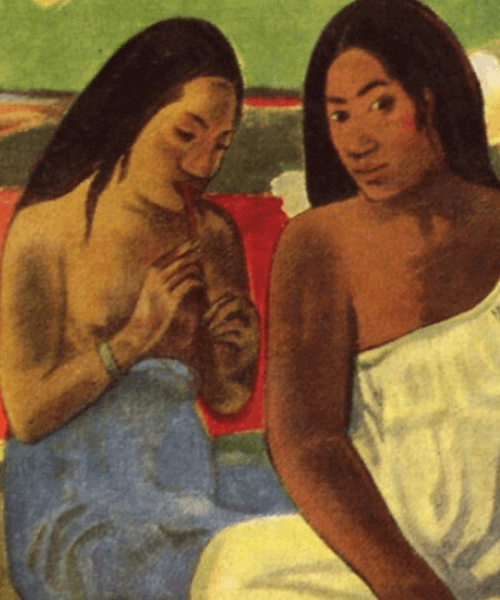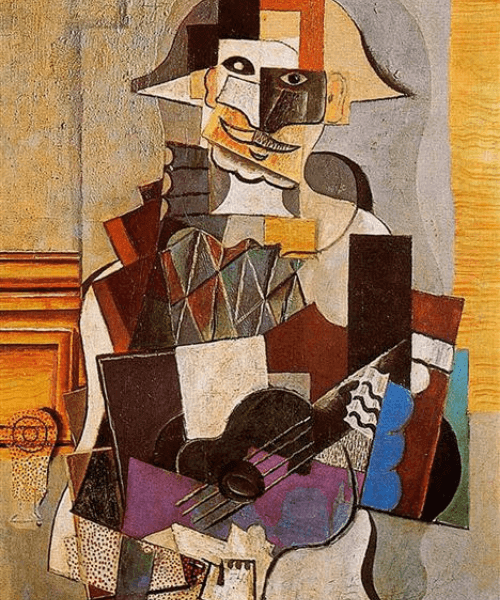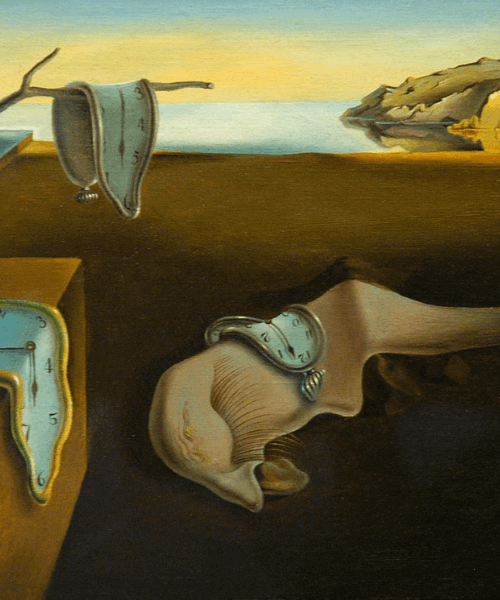Focus on the main movements of modern art
Modern art, consistent with its century, is characterized by a questioning of the codes of the history of academic art.
Artists innovate with their artistic techniques, they shock with their ideas and they imagine new forms of art.
From realism to surrealism, these creators revolutionize painting, sculpture, architecture and photography with constantly reinvented works.
Impressionism, Cubism and even Expressionism are the main movements of this fascinating period.
Before choosing a modern artwork, learn about the most important trends in modern art.
Summary
- Realism: a movement representative of the modern era
- Impressionism: touches of bright colors
- Fauvism: the color liberation movement
- Expressionism: the artistic representation of a tormented world
- Cubism: objects and characters in all their forms
- Futurism: an ode to modernity and technological progress
- The Bauhaus: a multidisciplinary artistic school
- Surrealism: an exploration of dreams and the unconscious
Realism: a movement representative of the modern era
Appeared around the 1830s, realism was born at the heart of the industrial revolution.
The artists, tired of the traditions of the artistic world and in phase with their century, seek to transgress the codes of academic art.
Far from the usual subjects in painting, the paintings then represent scenes of everyday life, in particular those of peasants and workers.
Painters reject the hierarchy of genres and tackle modern themes.
The style is true to reality, the color approaches real tones. The main artists of realism are Gustave Courbet, Honoré Daumier, Jean-François Millet, Édouard Manet.
Impressionism: touches of bright colors
The current of Impressionism developed in France between the years 1874 and 1880. Thanks to the invention of tube painting, the impressionist artist took out his canvas, painted in nature the landscapes changing over time.
In his works, the artist tries to capture the light by applying the paint in touches on his paintings.
His favorite subjects remain the moments of daily life at the time. Among the most famous artists of Impressionism are Claude Monet, Edgar Degas, Berthe Morisot and Camille Pissaro.
Fauvism: the color liberation movement
Red, yellow, blue, pure colors explode in the painting of Fauvism!
It was at the Salon d'Automne in Paris in 1905 that the art critic Louis Vauxcelles, scandalized by these works, called the artists Fauves.
In this movement, painters no longer want to faithfully reproduce reality, the shapes in the paintings are simplified.
Artists seek to express their emotions through color.
This characteristic will appear in other currents of modern art. Henri Matisse, Maurice de Vlaminck, André Derain, Kees Van Dongen or Raoul Dufy are the most emblematic representatives of the Fauvism movement.


Expressionism: the artistic representation of a tormented world
At the start of the 20th century, expressionism reflected the climate of this tormented era.
The First World War is near, the atmosphere becomes anxious. Artists' feelings of anguish and their view of this troubled world are expressed through artworks of modern art, both in painting and sculpture. The colors used are strong and contrasting.
Many painters, including Vassily Kandinsky, Paul Klee, Otto Dix and Franz Marc, belong to this largely German artistic movement.
Cubism: objects and characters in all their forms
A real revolution in the history of art, cubism brings a new form of aesthetic language.
The volume of objects and characters is exploded in space, represented in different facets, in order to remove the depth.
The subjects evoked in the works come from the observation of the contemporary world.
This artistic movement prefigures the appearance of abstract art. Pablo Picasso is certainly the most emblematic representative of these currents of modern art. The artists Georges Braque and Juan Gris are also among the most important.
Futurism: an ode to modernity and technological progress
The futurist movement was inspired by the industrial city, the progress of the modern world and in particular the then incomparable speed of transport. Geometric and cut-out shapes show movement, the images in the works are dynamic and modern.
The artists, committed, get involved in the political life of Italy at the beginning of the 20th century. Gino Severini, Umberto Boccioni, Giacomo Balla and Carlo Carrà are the artists who signed this futuristic movement.
The Bauhaus: a multidisciplinary artistic school
Founded by architect Walter Gropius in 1919 in Weimar (Germany), this school aims to teach so-called major arts such as painting and so-called minor arts such as crafts. This teaching inspires avant-garde artists such as Vassily Kandinsky, László Moholy-Nagy, and Paul Klee.
Surrealism: an exploration of dreams and the unconscious
L'expressionnisme abstrait, l'Art nouveau, le constructivisme, le dadaïsme et bien d'autres mouvements situés chronologiquement avant le pop art, constituent d'autres courants importants de l'art moderne.
Among the many currents of modern art, surrealism occupies an essential place.
This movement, including the plastic arts, literary and cinematographic works, uses dreams in the creative process.
In the spotlight, the everyday object is used in sculptures as well as in the famous ready-mades by Marcel Duchamp.
Salvador Dali, René Magritte, Max Ernst, Man Ray and the writer André Breton, considered the leader, are among the essential figures of this artistic movement of the twentieth century.
Contemporary articles:
On the subject:
How to choose a modern artwork
find out more:






